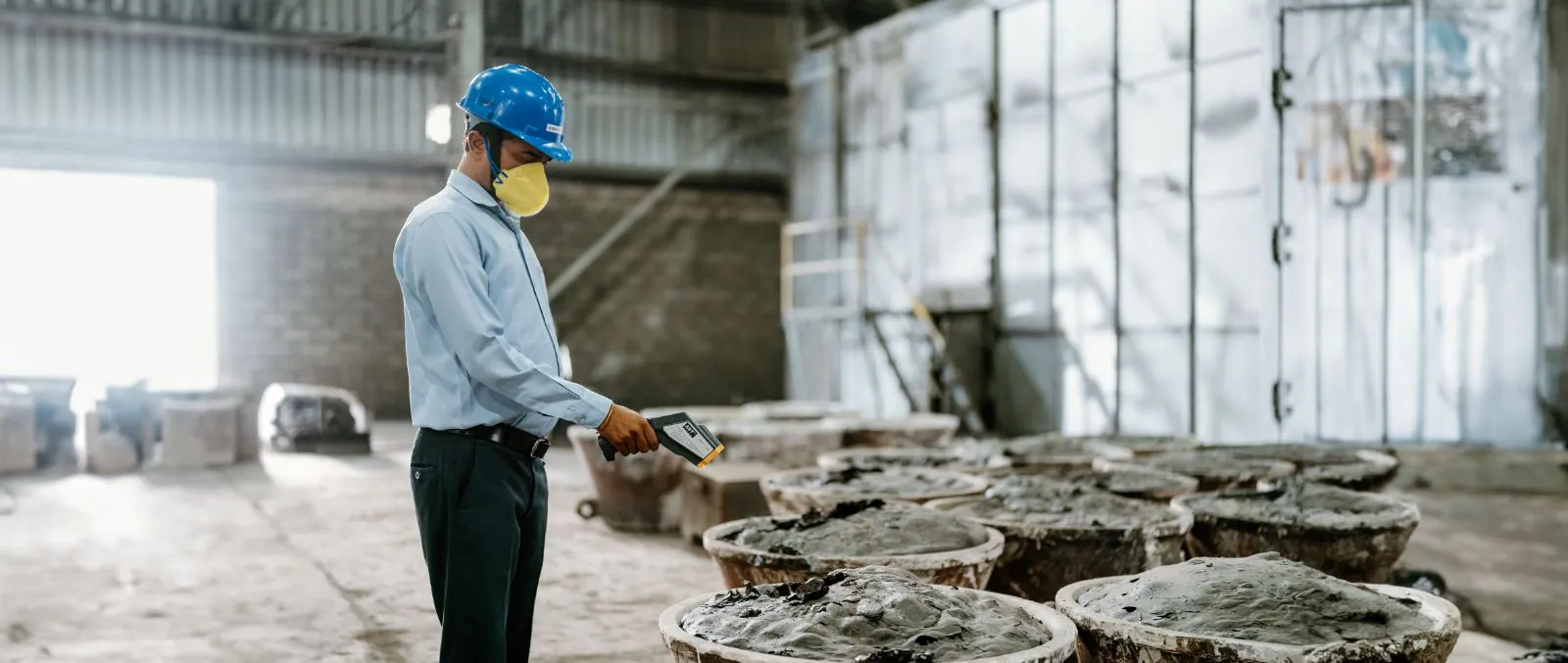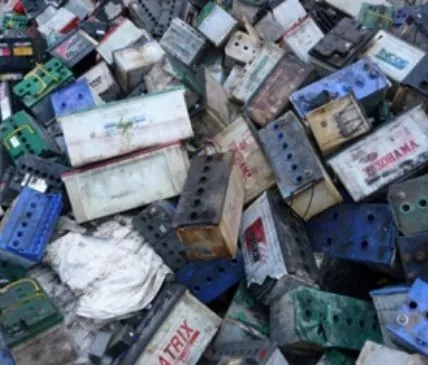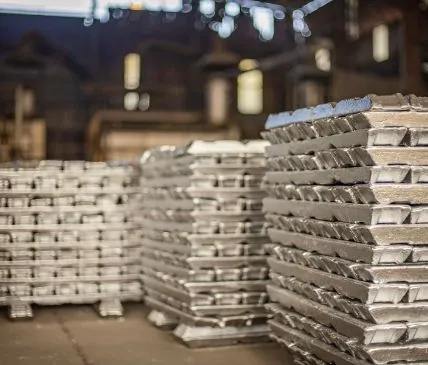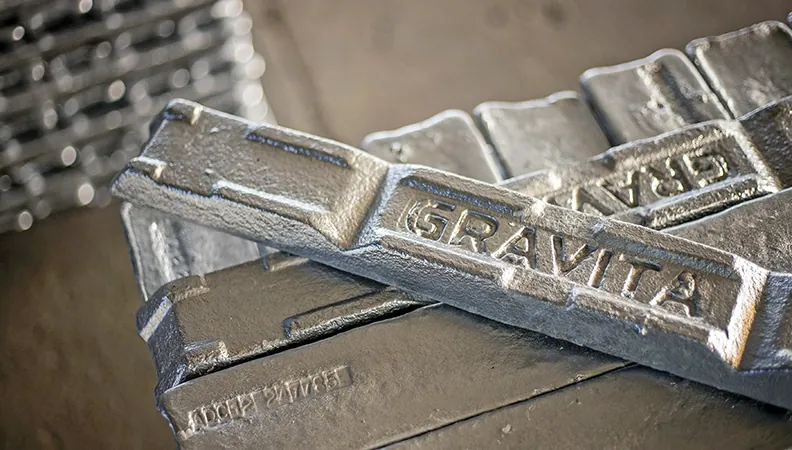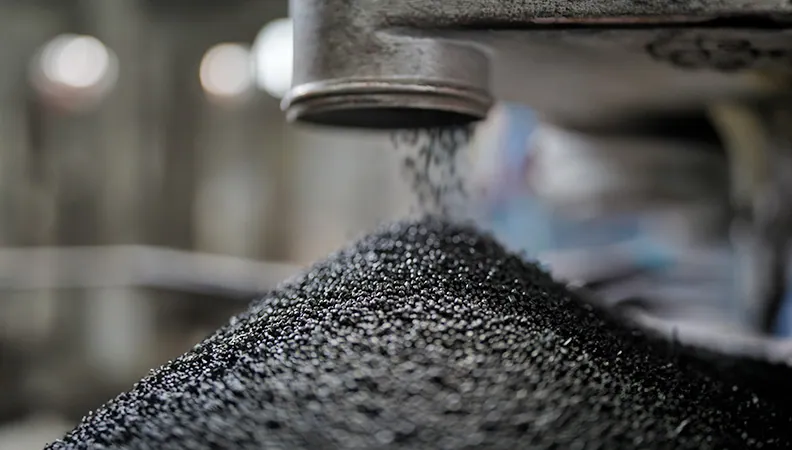Spanning across multiple locations in India, Sri Lanka, and Africa, we prioritise sustainability and cutting-edge technology. Our relentless pursuit of excellence enhances operational efficiency and reduces our environmental footprint. At the core of our business lies a commitment to the circular economy, where we meticulously refine and transform lead, aluminium and plastic scrap into an array of superior products. This approach minimises waste and safeguards our precious environment.

Explore Our Manufacturing Products
Latest Stories
Stay up to date with the latest news from Gravita India Ltd.


